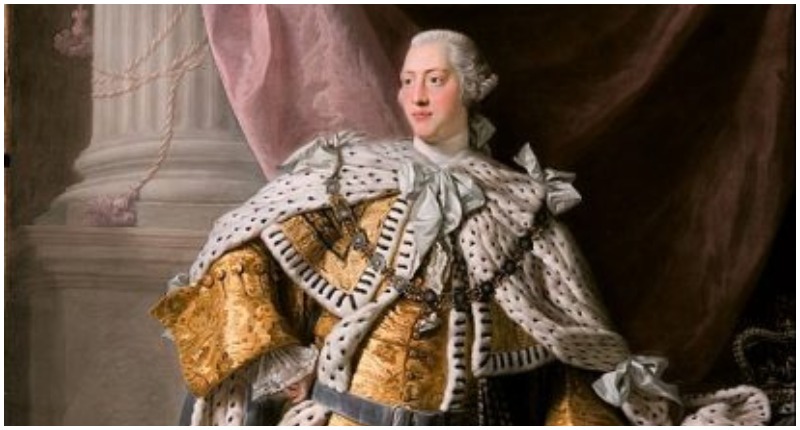King George III has gone down in history as one of England’s most notorious monarchs. Although several historians have argued that he was an empathetic, thoughtful king, he is primarily known for two unfortunate events that colored his reign: the loss of the American colonies and his periodic descents into madness.
George suffered from prolonged bouts of mental illness throughout his reign, until finally, in 1810, his son George, Prince of Wales assumed the Regency and ruled in his father’s stead.
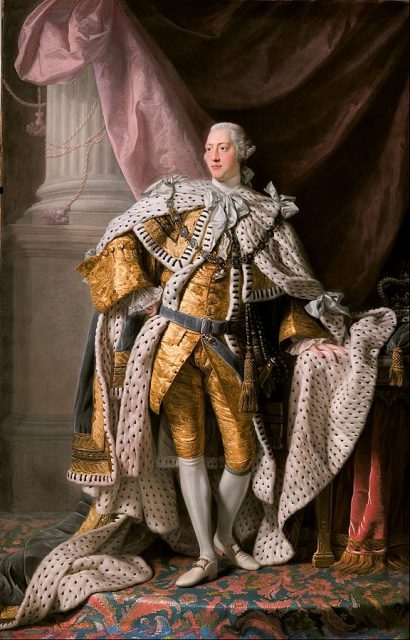
According to historian Peter Garrard, the king lived in a time when mental illness was poorly understood. It is now widely acknowledged that the treatment prescribed by his physicians may have actually made his condition worse.
George’s mental illness manifested itself in several ways. He was prone to bouts of paranoia and distress, and frequently suffered from delusions.
During his worse attacks he was struck by mania that compelled him to write and speak incessantly for hours on end. He suffered from insomnia and sometimes had to be restrained by his household staff.
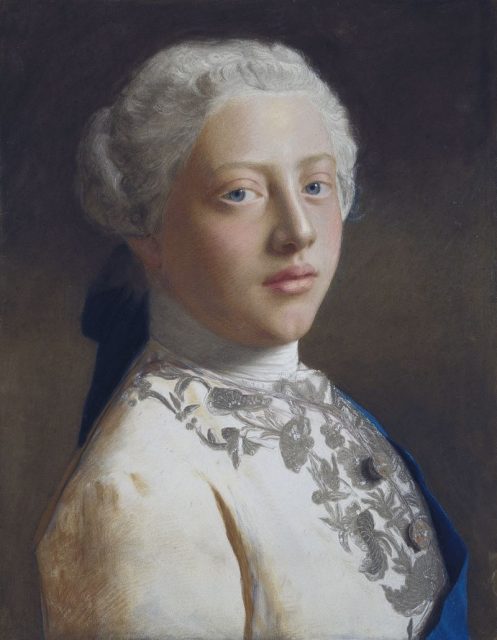
However, one of the other features of George’s illness was physical. According to Garrard, he apparently had periods when his urine would turn blue. This baffled his doctors, and has formed the basis of a wild theory about the cause of the king’s apparent madness.
In 1969 an article published in Scientific American argued that George’s blue urine could indicate an alternative reason for his bouts of mania and delusion.
As the BBC reports, the authors suggested that George suffered from porphyria, a condition of the blood that restricts the supply of porphyrin.
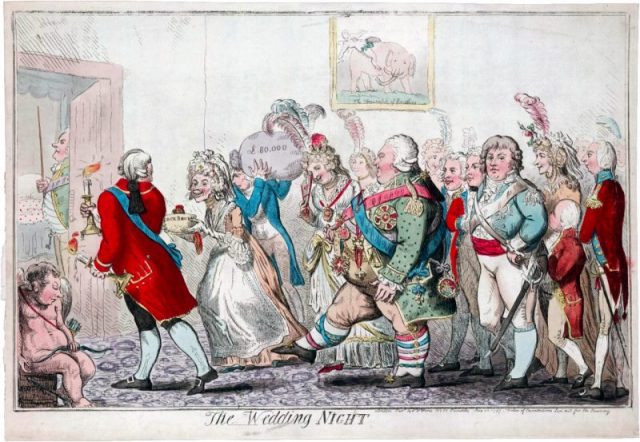
This important protein is responsible for working with haemoglobin to move oxygen around the body. When it is deficient, it creates a number of physiological problems.
One of the side effects of porphyria is that it causes the urine to turn blue or purple in color. However, it can also cause other serious problems, associated with symptoms of madness and delirium.
Patients may experience insomnia, hallucinations, anxiety and delirium, all of which are consistent with reports of the behavior of George III during his worst bouts of madness.

This theory has been extremely influential in shaping perceptions of the mad king and continues to be debated among historians. However, recent analysis of historical accounts of George’s behavior has cast doubt on the notion that he suffered from porphyria.
Peter Garrard and Vassiliki Rentoumi have argued that his episodes of mania and his incessant loquacity appear to be more consistent with symptoms of bipolar disorder.
Analysis of his letters and writings that he produced when he was gripped with this mania showed that he tended to use extremely long sentences and elaborate, colorful language.
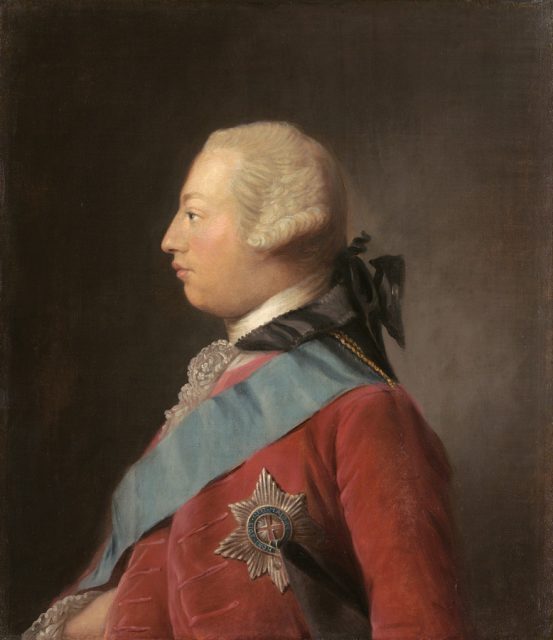
This is a common symptom among sufferers of manic depression or bipolar disorder, and suggests that the king was suffering from a form of psychiatric illness.
In addition, historians have discovered that the king’s physicians also gave him medicines based on gentian. According to the BBC, this plant was often used in treatment during this period, and is known for its bright blue flowers. It may be that the gentian in his medicine was responsible for turning his urine blue.
Historians today believe that historical stigmas surrounding mental illness may have shaped the way in which we have interpreted George’s character, actions and the legacy of his reign. For example, the popularity of the porphyria theory may be due to the fact that it removes any stigma of psychiatric illness from the monarchy.
However, changing attitudes have caused a reappraisal of George’s reign and his legacy as a monarch. Perhaps this unfortunate king should be remembered for more than just his mania and his blue urine.
